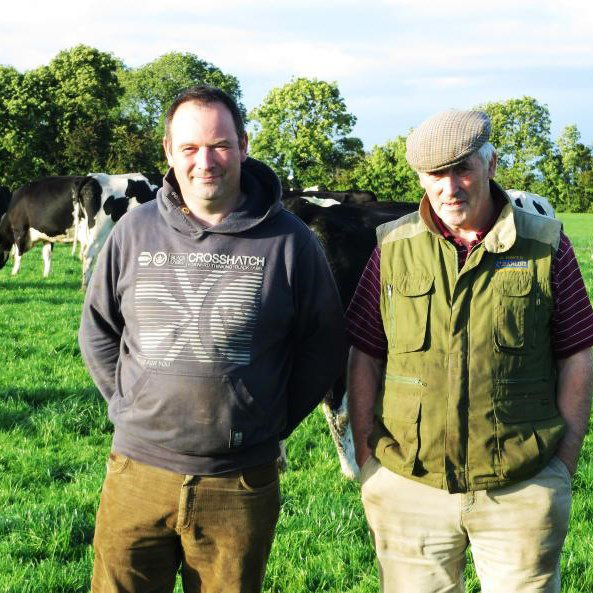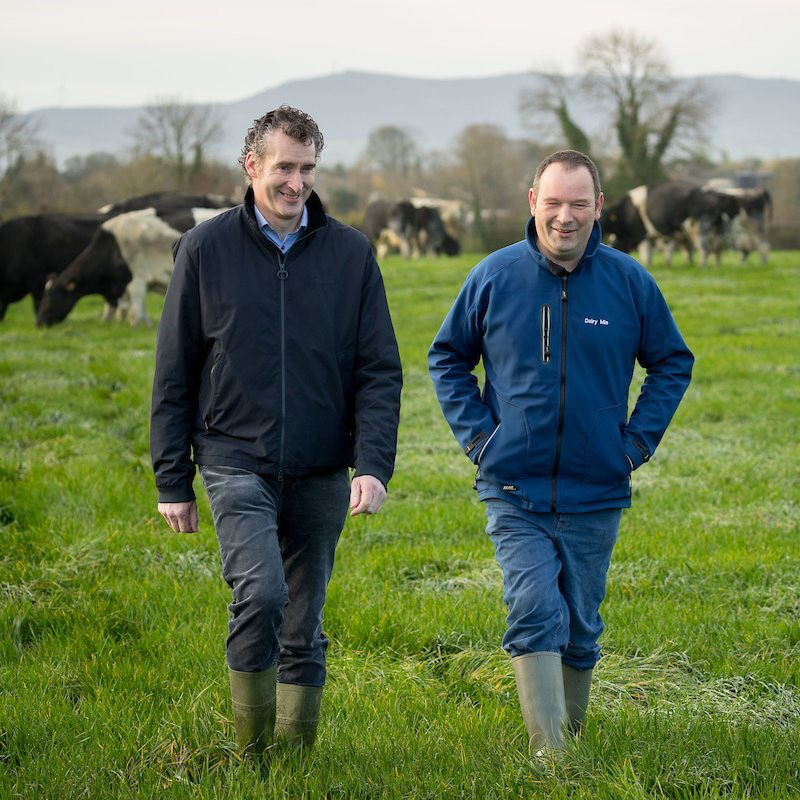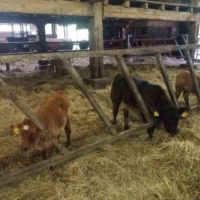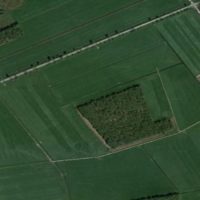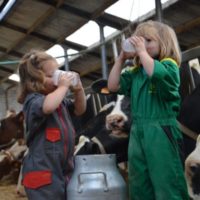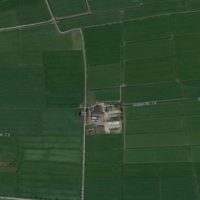Description
- Grazing wet soil types – adapting strategies
- Grazing monocultures on wet soils
- Some varieties of grass performing extremely well
- Can see advantages/disadvantages of each variety
- Identifcation of quality grass varieties
- Grassland quality (species composition, feeding value)
- Moorepark reseach
- Pasturebase Ireland
Reason for the innovation
Maximise output per hectare while minimising costs
- Grazing monocultures on wet soils
- Some varieties of grass performing extremely well
- Some varieties of grass performing poorly
- Can see advantages/disadvantages of each variety
Farm description
Environment
- Soil type: Clayey-loam
- Climate type: Temperate Oceanic
- Agricultural area (ha UAA): 111
- Average stocking rate (agriculture area) (LU/ha UAA): 2.8
- Altitude: Variation across the farm (80m above sea level)
- Slope: Variation across the different paddocks (25%)
Grassland management
- Grazing: Yes
- Grazing management type: Rotational grazing
Structure
- Main animal type: Dairy
- Number of animals (heads): 385
- Total Livestock unit (LU): 285
- Number of reproductive animals (heads): 196
- Breed type 1: Fr*Je
- Breed type 2: Fr
Animal performance
- Milk production per head (l/year/dairy animal): 5500l
- Grassland management type: Rotational
- Length of grazing period: 285 days
- Fertilization rate (kg N/ha): 230
Why it is working
- Grazing monocultures on heavier soils
- Some varieties of grass performing extremely well
- Can see advantages/disadvantages of each variety
- Reseed poor varieties with better quality varieties
- Grassland quality (species composition, feeding value)
- Moorepark reseach
- Pasturebase Ireland
